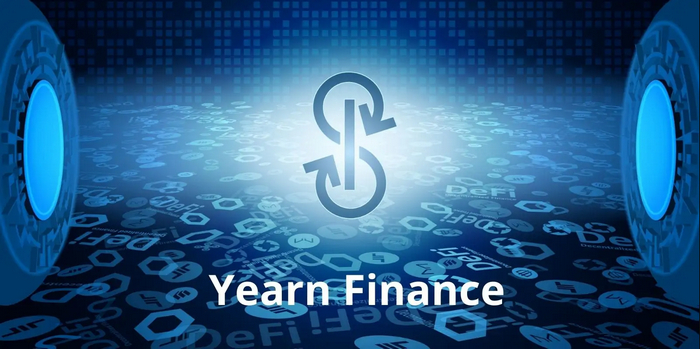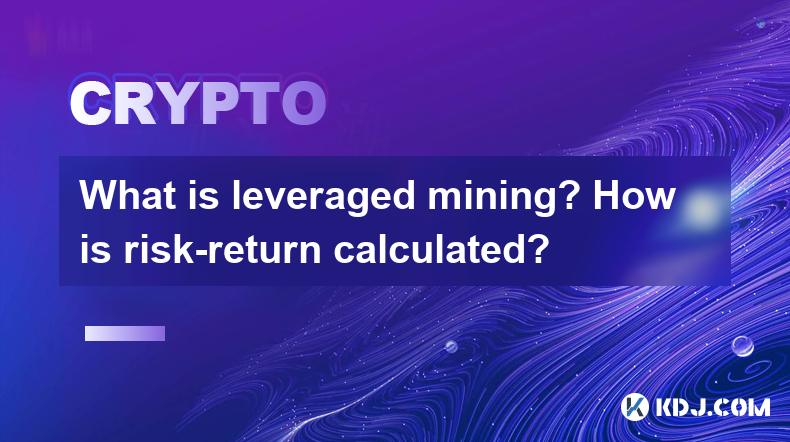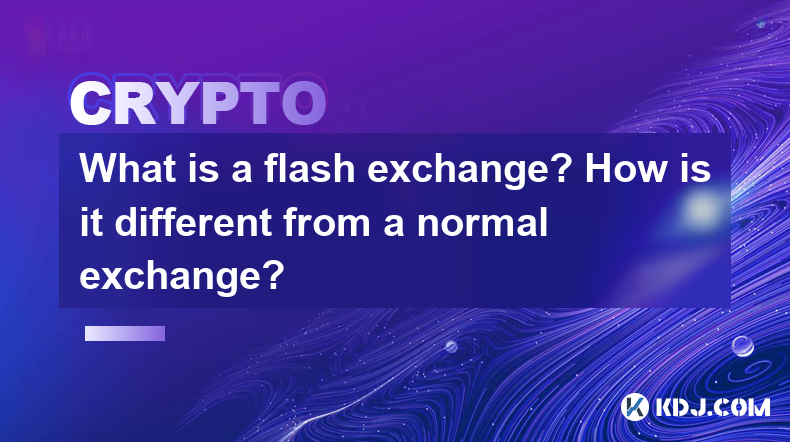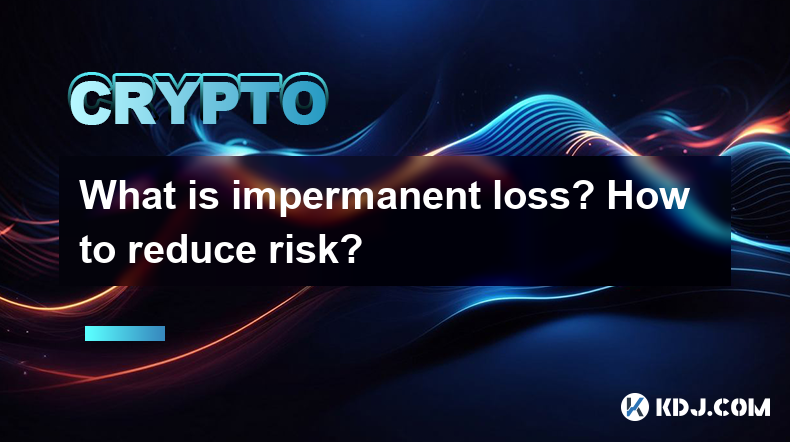-
 Bitcoin
Bitcoin $92,907.3993
5.19% -
 Ethereum
Ethereum $1,773.6075
11.96% -
 Tether USDt
Tether USDt $1.0003
0.04% -
 XRP
XRP $2.2012
5.11% -
 BNB
BNB $613.1115
2.03% -
 Solana
Solana $148.0402
6.68% -
 USDC
USDC $0.9999
0.00% -
 Dogecoin
Dogecoin $0.1802
11.63% -
 Cardano
Cardano $0.6805
8.50% -
 TRON
TRON $0.2471
0.15% -
 Chainlink
Chainlink $14.2297
7.66% -
 Avalanche
Avalanche $22.3365
11.21% -
 Sui
Sui $2.7351
21.64% -
 UNUS SED LEO
UNUS SED LEO $9.0751
-0.29% -
 Stellar
Stellar $0.2645
5.57% -
 Shiba Inu
Shiba Inu $0.0...01362
9.21% -
 Toncoin
Toncoin $3.1168
6.43% -
 Hedera
Hedera $0.1795
5.41% -
 Bitcoin Cash
Bitcoin Cash $356.7520
3.45% -
 Hyperliquid
Hyperliquid $18.9662
3.36% -
 Litecoin
Litecoin $83.8107
6.28% -
 Polkadot
Polkadot $4.0222
6.39% -
 Bitget Token
Bitget Token $4.6388
4.06% -
 Dai
Dai $0.9999
0.00% -
 Ethena USDe
Ethena USDe $0.9995
0.03% -
 Pi
Pi $0.6451
1.95% -
 Monero
Monero $226.6373
5.27% -
 Pepe
Pepe $0.0...09018
12.49% -
 Uniswap
Uniswap $5.8560
10.44% -
 Aptos
Aptos $5.2616
6.81%
How to buy and trade YFI coins? Where to buy YFI coins?
YFI coins, the native token of decentralized finance platform Yearn Finance, are available for purchase and trade on major cryptocurrency exchanges and decentralized exchanges (DEXs).
Oct 04, 2024 at 07:00 pm

How to Buy and Trade YFI Coins
YFI coins, the native token of the decentralized finance (DeFi) platform Yearn Finance, have quickly gained popularity among cryptocurrency enthusiasts. If you're looking to buy or trade YFI coins, here's a comprehensive guide to help you get started:
Where to Buy YFI Coins
1. Cryptocurrency Exchanges:
YFI is listed on major cryptocurrency exchanges including:
- Binance
- Coinbase Pro
- FTX
- Kraken
- Huobi
2. Decentralized Exchanges (DEXs):
YFI is available for trading on decentralized exchanges (DEXs) such as:
- SushiSwap
- Uniswap
- 1inch Network
How to Buy YFI Coins
1. Create an Exchange Account:
Choose a reputable cryptocurrency exchange from the list above and create an account. Provide the necessary personal and financial information to complete the verification process.
2. Deposit Funds:
Fund your exchange account with the fiat currency you wish to use to purchase YFI coins. You can typically deposit funds via bank transfer, credit card, or debit card.
3. Place an Order:
Navigate to the YFI trading pair (e.g., YFI/USDT or YFI/BTC) on the exchange. Choose the type of order you want to place (market order or limit order) and enter the desired amount of YFI you wish to purchase.
4. Confirm the Purchase:
Review the order details and confirm the purchase. Once the order is executed, the YFI coins will be credited to your exchange account.
How to Trade YFI Coins
1. Choose a Trading Platform:
Decide whether you want to trade YFI on a centralized exchange (CEX) or a DEX. CEXs offer more liquidity and user-friendly interfaces, while DEXs provide anonymity and decentralization.
2. Place an Order:
Navigate to the YFI trading pair on the chosen platform and select the desired order type (market order or limit order). Enter the amount of YFI you wish to trade.
3. Manage Your Trades:
Monitor your trades closely and adjust the orders as needed to optimize profitability. You can set stop-loss orders to limit potential losses.
Considerations
- Fees: Cryptocurrency exchanges and DEXs may charge fees for trading, so it's important to compare fees before choosing a platform.
- Security: Store your YFI coins in a secure hardware or software wallet to protect them from hacking or loss.
- Volatility: YFI is a highly volatile cryptocurrency, so be prepared for price fluctuations and potential losses.
- Research: Conduct thorough research on Yearn Finance and YFI coins before investing or trading. Understand the risks and benefits involved.
Disclaimer:info@kdj.com
The information provided is not trading advice. kdj.com does not assume any responsibility for any investments made based on the information provided in this article. Cryptocurrencies are highly volatile and it is highly recommended that you invest with caution after thorough research!
If you believe that the content used on this website infringes your copyright, please contact us immediately (info@kdj.com) and we will delete it promptly.
- As Easter Week Continues, Tuesday Night Brings Another Stacked NBA Playoff Slate — and BetMGM Has Officially Upgraded Its CUSE150 Bonus Code to Match the Moment
- 2025-04-23 10:35:12
- Bitcoin Cash (BCH) Reverses From Critical Support, Targeting $480 and $500 Resistance
- 2025-04-23 10:35:12
- Nvidia Has Turned Out to Be One of the Hottest Stocks
- 2025-04-23 10:30:12
- Unstaked (UNSD) Price Analysis: Aptos (APT) Builds Utility—But Unstaked's 2700% Potential Steals the Best Long Term Crypto Crown
- 2025-04-23 10:30:12
- OM Drops 90%, LTC Holds Steady — Is BlockDAG's 10 CEX Listing Surge Setting the Stage for 100X Growth in 2025?
- 2025-04-23 10:25:12
- Hyperliquid [HYPE] has slightly paused its rapid price growth over the past 24 hours
- 2025-04-23 10:25:12
Related knowledge

What is impermanent loss insurance? What are the solutions?
Apr 12,2025 at 01:14am
What is Impermanent Loss Insurance? What are the Solutions? Impermanent loss is a significant concern for liquidity providers in decentralized finance (DeFi) platforms. It occurs when the price of tokens in a liquidity pool changes compared to when they were deposited, leading to a potential loss if the provider decides to withdraw their liquidity. To m...

What are algorithmic stablecoins? How do they maintain anchoring?
Apr 12,2025 at 11:35am
Algorithmic stablecoins represent a fascinating and innovative segment within the cryptocurrency ecosystem. These digital assets are designed to maintain a stable value, typically pegged to a fiat currency like the US dollar, through the use of algorithms rather than traditional collateral. This approach distinguishes them from other types of stablecoin...

What is leveraged mining? How is risk-return calculated?
Apr 11,2025 at 04:07pm
What is Leveraged Mining? How is Risk-Return Calculated? Leveraged mining is a strategy used in the cryptocurrency space where miners borrow funds to increase their mining capacity and potential returns. This approach can amplify both profits and losses, making it a high-risk, high-reward endeavor. Understanding how to calculate the risk and return asso...

What is an aggregator? How does 1inch optimize transaction paths?
Apr 12,2025 at 05:00pm
An aggregator in the cryptocurrency space is a tool that compiles and compares data from multiple decentralized exchanges (DEXs) to find the best possible trading routes and prices for users. Aggregators are essential for traders looking to optimize their transactions, as they can automatically search through various liquidity sources to ensure the most...

What is a flash exchange? How is it different from a normal exchange?
Apr 16,2025 at 03:43pm
A flash exchange, also known as a flash swap, is a relatively new concept within the cryptocurrency space that has gained significant attention due to its innovative approach to trading. Unlike traditional exchanges, flash exchanges leverage the power of decentralized finance (DeFi) protocols to enable instant, collateral-free trades. In this article, w...

What is impermanent loss? How to reduce risk?
Apr 16,2025 at 11:14pm
What is Impermanent Loss? How to Reduce Risk? Impermanent loss is a term that frequently surfaces in the world of decentralized finance (DeFi), particularly when discussing liquidity provision on automated market makers (AMMs) like Uniswap or SushiSwap. Understanding this concept is crucial for anyone looking to engage in liquidity provision, as it dire...

What is impermanent loss insurance? What are the solutions?
Apr 12,2025 at 01:14am
What is Impermanent Loss Insurance? What are the Solutions? Impermanent loss is a significant concern for liquidity providers in decentralized finance (DeFi) platforms. It occurs when the price of tokens in a liquidity pool changes compared to when they were deposited, leading to a potential loss if the provider decides to withdraw their liquidity. To m...

What are algorithmic stablecoins? How do they maintain anchoring?
Apr 12,2025 at 11:35am
Algorithmic stablecoins represent a fascinating and innovative segment within the cryptocurrency ecosystem. These digital assets are designed to maintain a stable value, typically pegged to a fiat currency like the US dollar, through the use of algorithms rather than traditional collateral. This approach distinguishes them from other types of stablecoin...

What is leveraged mining? How is risk-return calculated?
Apr 11,2025 at 04:07pm
What is Leveraged Mining? How is Risk-Return Calculated? Leveraged mining is a strategy used in the cryptocurrency space where miners borrow funds to increase their mining capacity and potential returns. This approach can amplify both profits and losses, making it a high-risk, high-reward endeavor. Understanding how to calculate the risk and return asso...

What is an aggregator? How does 1inch optimize transaction paths?
Apr 12,2025 at 05:00pm
An aggregator in the cryptocurrency space is a tool that compiles and compares data from multiple decentralized exchanges (DEXs) to find the best possible trading routes and prices for users. Aggregators are essential for traders looking to optimize their transactions, as they can automatically search through various liquidity sources to ensure the most...

What is a flash exchange? How is it different from a normal exchange?
Apr 16,2025 at 03:43pm
A flash exchange, also known as a flash swap, is a relatively new concept within the cryptocurrency space that has gained significant attention due to its innovative approach to trading. Unlike traditional exchanges, flash exchanges leverage the power of decentralized finance (DeFi) protocols to enable instant, collateral-free trades. In this article, w...

What is impermanent loss? How to reduce risk?
Apr 16,2025 at 11:14pm
What is Impermanent Loss? How to Reduce Risk? Impermanent loss is a term that frequently surfaces in the world of decentralized finance (DeFi), particularly when discussing liquidity provision on automated market makers (AMMs) like Uniswap or SushiSwap. Understanding this concept is crucial for anyone looking to engage in liquidity provision, as it dire...
See all articles























































































